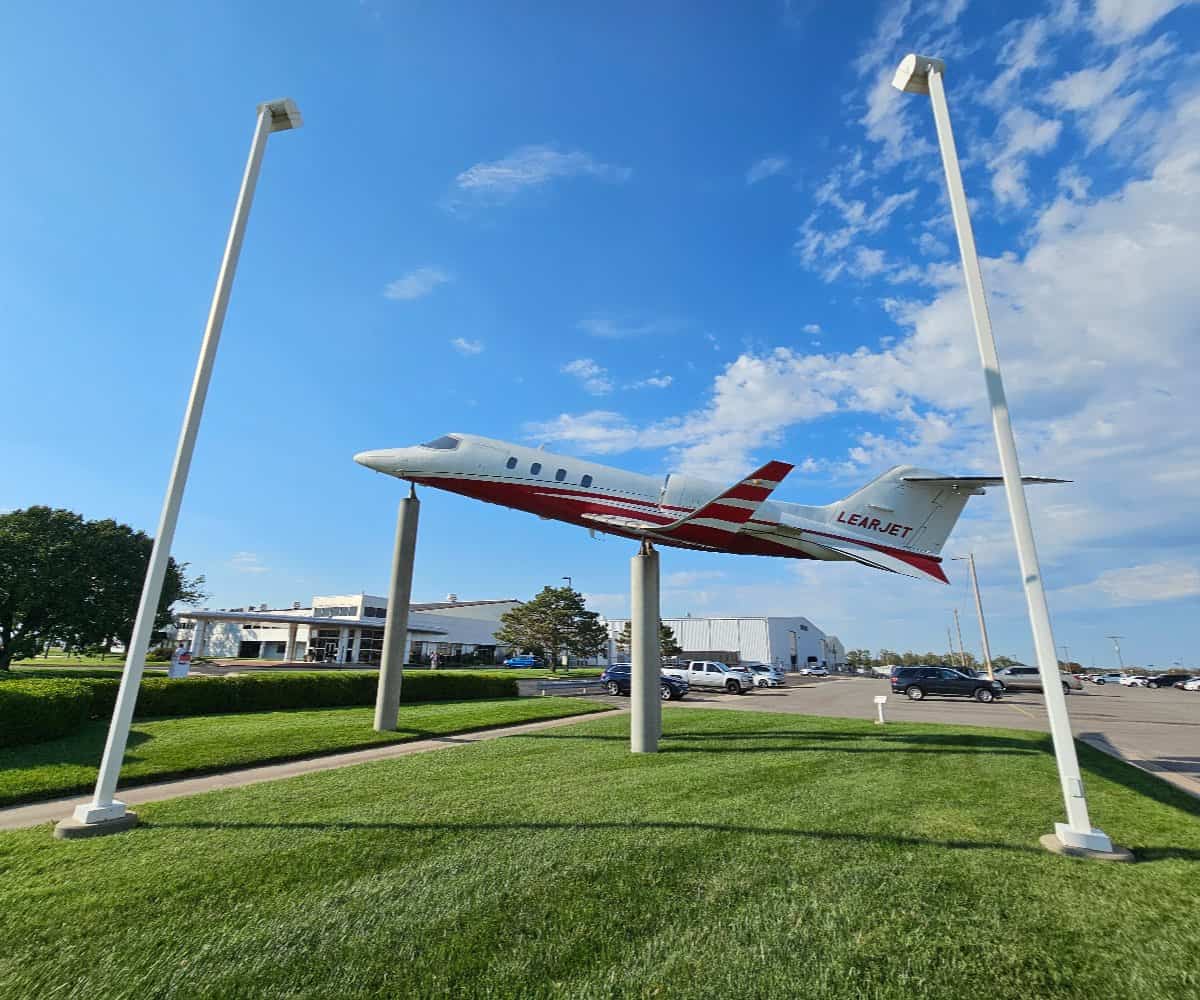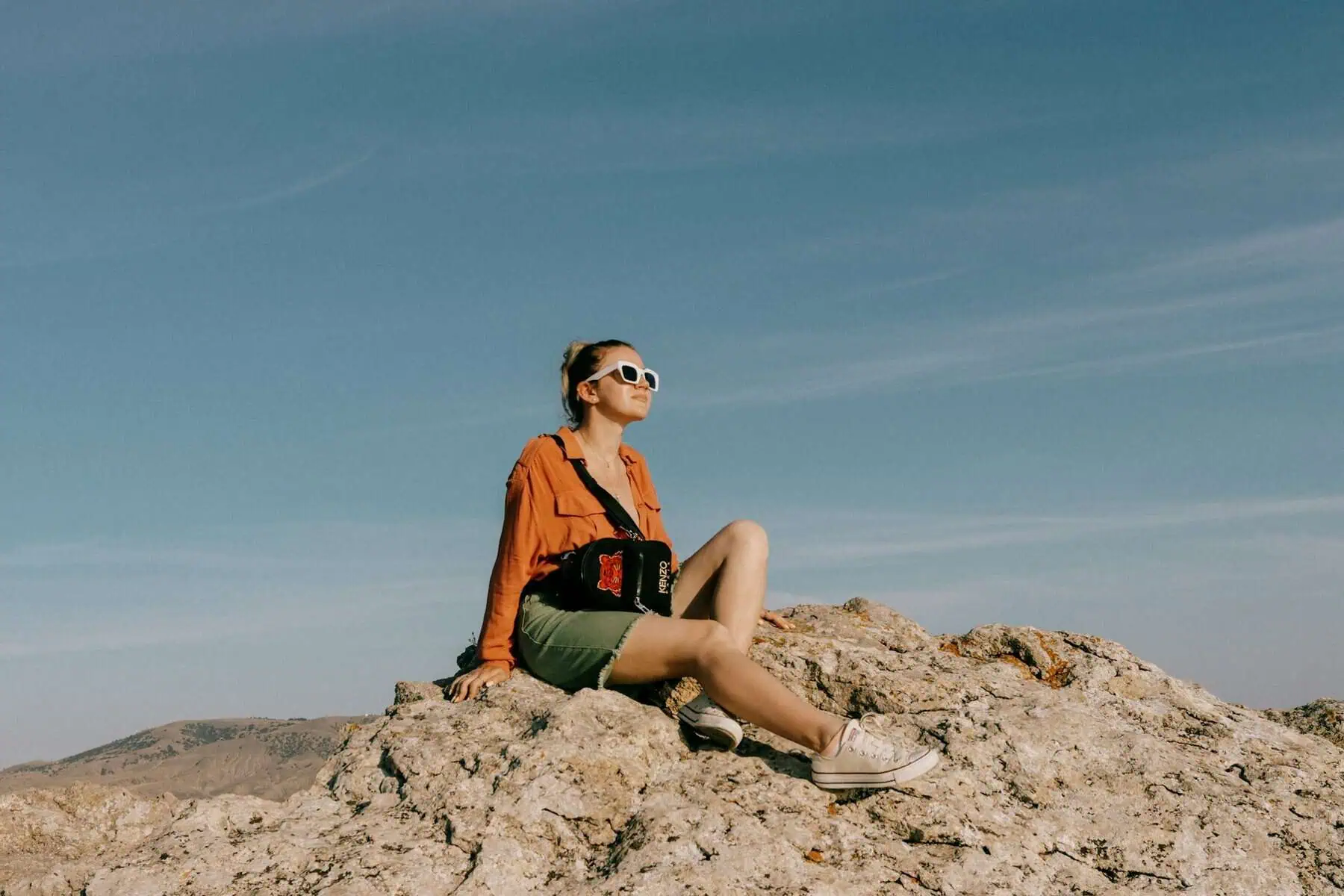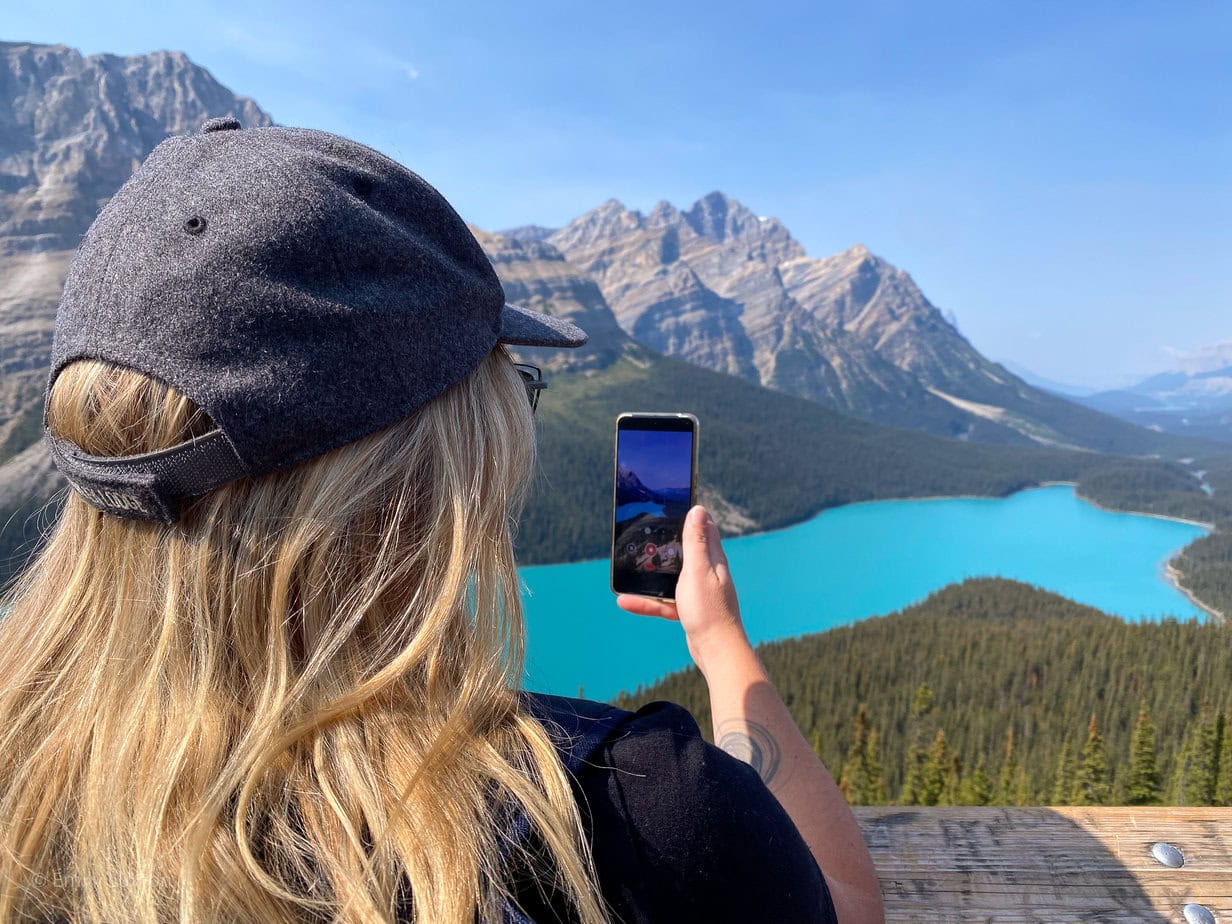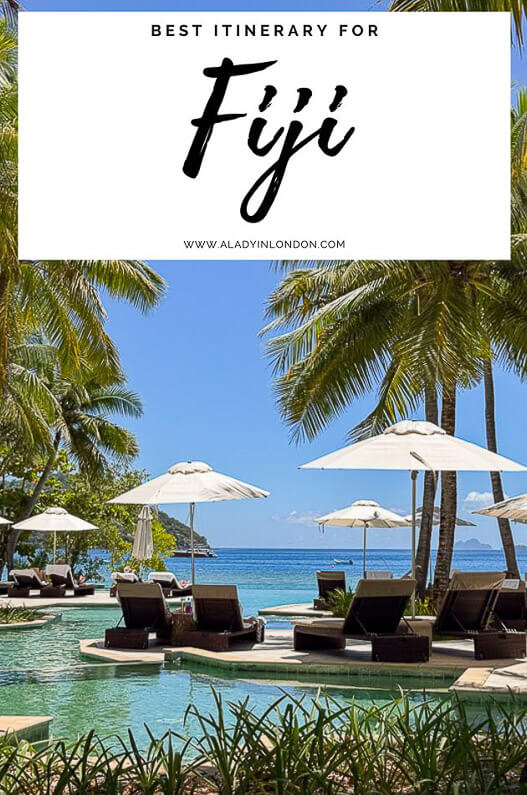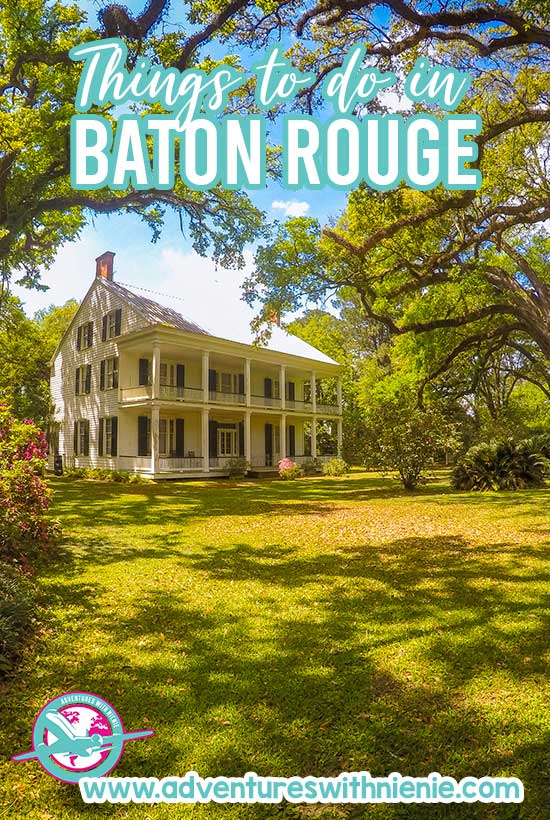Your Travel Guide to Arles France • We Blog The World

Recently, we ate our way through Arles, but only because we found a few amazing restaurants that had us at hello (see our Arles Foodie Guide for more). Although great food generally comes with the territory when you travel to France, food is not why we added Arles to our itinerary. Sure, we’re Vincent Van Gogh fans, so Arles added to the curiosity although in the end, he didn’t spend that much time in this charming town. Van Gogh spoke of its incredible light and as an avid photographer, and I was keen to experience it for myself.
Arles still carries some of its Medieval authentic vibe, most notably through its architecture and stone streets. The infamous Rhône River flows through the city, which was a major trading port in Roman times, and today it remains an important part of the city’s landscape and history. It adds to the charm of the cafes and restaurants that you’ll find alleys that still look like they are from medieval times. The view from the bridge is absolutely spectacular by night.

Arles by night
Camargue Safari
When the tourism board recommended a Camargue Safari as part of our experience in Arles, I did a double take. A safari in the south of France? We naturally didn’t know what to expect. A 4×4 jeep picks you up at a hotel in the center of Arles and off you go for a half day safari tour through the Camargue Regional Natural Park.

The Camargue is a wind-swept land of both salt and water. Birds flock here and biodiversity is flourishing, filled with breeding bulls and horses as well as the local rice culture. We witnessed alluvium, ponds, marshes, wild grass, local trees and a variety of bird life.




As a side (but important) note, you’ll see the symbol for the Camargue region everywhere in the Arles region. The Camargue Cross represents the area’s strong connection to both the land and sea. This emblem combines three distinct symbols representing faith, hope, and charity: the tridents of the guardians (cowboys) for faith, an anchor for the fishermen, and a heart for the patron saints of the region, the Marys. (there’s a church in Saintes-Maries-de-la-Mer nearby that honors the three of them). We came across it on the tour, an emblem that can be not just be found in the town but through the countryside, on farms, and even on horses.

You’ll experience marshy landscapes, white horses, flamingos, bulls, bird life, vineyards and grassy terrain. The trip is all about abundant flora, fauna and wildlife in nature. Oh yeah, there’s also a stop in the village of Saintes-Maries-de-la-Mer along the coast, which I mentioned above–one of our Magdalene retreat stops the previous week.



And then came the white horses amongst the Camargue.





And then the black bulls, followed by flamingos.




Read more about 4×4 Camargue Safari 4h – Departure from Arles and how to book.
A Tour of the Town by Bike Taxi
We were so exhausted that we nearly missed the Bike Taxi tour of Arles run by a company called Taco & Co. I’m so glad we rallied since it was definitely a highlight of our day. They offer different options depending on how much time you’d like to commit for the tour (from 30 minutes to an hour or longer).
Some of the stops they make include an UNESCO World Heritage Site, the Arenas Ancient Theater, the Arena, the Church of Saint Trophime, the Place du Forum and the Van Gogh Foundation. You can also see various Roman monuments, Place de la République, Place du Forum, Saint Trophime Church, La Roquette, a former maritime district, viewpoints for Van Gogh’s paintings such as the Yellow House, Starry Night and more.

Our driver was very knowledgeable, especially when I had more in-depth questions about Van Gogh and his inspiration here. See the Yellow House to the left.

Below are some of the highlights of the bike tour — be sure to view our short video where you’ll also catch a fun drive along the Rhône River.

Below, one of the squares where you can find many cafes and restaurants–it was about a ten minute walk from our hotel.

The alleys are incredibly interesting, even when it seems as if you’ll find nothing on one. Be adventurous and explore, and commit to getting lost in the moment.




You can find out more information here, including how to book and the various tours offered.
Painting Workshop Inspired by Vincent Van Gogh
La Couverture Verte runs workshops of varying lengths, where you can learn about the life of Van Gogh, the inspiration behind some of his paintings and then paint something on canvas yourself.

Phillipe, our artist, teacher and guide at La Couverture Verte in Arles

Below, Phillippe energizes us, showing us inspiring Van Gogh paintings and sketches before we set out to paint on our own.



Then, it was time to paint.










Visit their website to learn more about their workshops and offerings.
Old Town by Day
We couldn’t get enough of walking through this town by day and by night (scroll down for some night images). There’s so much to take in (and breathe in) as you meander through the alleyways and charming cobblestone streets. It’s a visit to yesteryear, where one feels transported back in time.

Old Town Arles is known for its Roman heritage which earned its UNESCO World Heritage status. It is also famous for its renowned connection to the artist Vincent van Gogh, who created many works there. Visitors can explore well-preserved Roman sites like the amphitheater and theater, walk the streets where van Gogh once did, and experience the vibrant Provençal culture.
-
Amphitheater: A well-preserved Roman amphitheater, also known as the Arènes d’Arles, is a major highlight.
-
Ancient Roman Theater: It is still in use for summer performances. We just missed one while we were there.
-
Alyscamps: A famous ancient Roman necropolis and one of the most prestigious in the Western world.
- Van Gogh Walking Tour: You can either walk or take a bike tour as we did, to see locations that inspired van Gogh’s paintings.
- Espace Van Gogh: This is the former hospital where the artist stayed. Today, it houses a cultural center with exhibitions and gardens.
- Foundation Vincent van Gogh: An organization that promotes van Gogh’s work through exhibitions of contemporary artists inspired by him.


The opposite of antiquity and its ancient buildings and streets, is the Luma Tower, which is a modern architectural landmark by Frank Gehry, who I had a chance to meet at the TED Conference many years ago.




This old bookstore drew us in immediately. You can also find artifacts, paintings, gifts, pictures and small antiques scattered throughout. We could have hung out for hours.



Below, at the edge of another bustling but smaller square with cafes and food. September was such a magical time to be there.

The influence of Van Gogh can be found everywhere.


Below, catch a glimpse of modern fashion in the modern shops and stores scattered throughout the town.





Then of course, there are the churches and cathedrals, which are an integral part of most ancient French villages and towns and Arles is no exception. Cathedrale d’Arles, and the Church of Notre-Dame-de-la-Major are a couple of highlights; however, the main cathedral of Arles is the Primatial Basilica of Saint-Trophime, a Romanesque church notable for its stunning sculptures, particularly over the portal and in the adjacent cloister. Even though it mostly referred to as a cathedral, it also served as a major pilgrimage church on the Via Tolosa, leading to Santiago de Compostela.







Old Town by Night
My favorite memories of Arles include walking through the town by night. Truth be told, it can feel a bit disconcerting walking over the main bridge that crosses the Rhône by night. When I asked about the safety at night, the hotel owner simply replied, “We’re just a village here.” Perhaps, but it feels much larger than a village and at certain times of year, it has its fair share of tourists.
I feel as if we missed the summer rush as it was busy when we were there, but at night, the streets were dead. I was in my element and only wished I shot on my Canon 7D rather than my iPhone camera to capture some of the magic moments. We had no issues crossing the bridge late at night, nor did we have any incidents here during our stay. It certainly felt safe, day or night.













Food & Wine
As we mentioned above, refer to our Arles Foodie Guide, which includes our favorite picks. Two call-outs go to Le Plaza-La Paillotte and Le Galoubet, both nestled close to each other along the same Rue du Dr. Fanton that runs along the Rhône River. We stayed on one side of the Rhône and Rue du Dr. Fanton is one of the first alleys (this is a more appropriate description than street) you discover as you make your way down the stairs from the bridge on the other side. Both exude old Europe style, have mesmerizing ambiance (inside and out) and the service was fabulous in both places. The food, too, was out of this world. As you walk past Le Plaza-La Paillotte, especially during the day, it is quite unassuming.
Once inside however, you feel as if you’ve walked into a catacomb of sorts, cozied up in your own cave, secluded from the noise and chaos of the outside world for one amazing bite after another.

The restaurant’s rooms have exposed stone walls of ceilings with wooden beams; however, the decor is centered around bullfighting, which btw, is a big thing in the area. Bull Stew was even on the menu and available in many other restaurants in Arles.

 Inside, you’ll find aromas of bull stew, autumn soups like rockfish soup with toasted bread and cheese or duck risotto. The chef, Stephane Bognier, who has owned the restaurant since 2002, changes the menu according to the seasons: two menus, formulas, à la carte dishes and also a lunch special.
Inside, you’ll find aromas of bull stew, autumn soups like rockfish soup with toasted bread and cheese or duck risotto. The chef, Stephane Bognier, who has owned the restaurant since 2002, changes the menu according to the seasons: two menus, formulas, à la carte dishes and also a lunch special.Like many restaurants in France, they offer a set menu: A starter, main course and dessert (or cheese) for 39€, a starter and main for 35€ or a main and dessert for 33€ .
We tried the Eggplant Flan with a creamy tomato and basic sauce as an appetizer, which they call entrees in France. It was not what we expected, but that holds true for many dishes in Provence, even at low-key eateries. It was well-paired with a bold red Bordeaux, which was another delight about this place — we loved the wine.

The Eggplant Flan at Le Plaza-La Paillotte
Anthony went for the slow-cooked Camargue Bull Stew, which they simmered with white wine and rice from the region. You can also get a full grilled bull rib with potatoes and veggies (roughly 30€) or one of their delicious Chef’s Salads for those who want to opt for something lighter or simply order veggies only.

Dessert options include a cheese duo of the day, a Camargue-style Charcuterie Board to share (as an appetizer or at the end of the meal) or more traditional options: Pistachio and Dark Chocolate Shortbread with Strawberry Mousse, Raspberry Iced Nougat with Carmelized Hazelnut, or a Lemon Panna Cotta with Candied Apricot. Cappuccino is always on offer in France as is espresso (most of the time).

A stone’s throw from La Plaza La-Paillotte you’ll find Le Galoubet, a recommended favorite by locals, including our hotel owner. It is a popular bistro known for its charming vine-covered pergola terrace. The self-taught chef Celine Arribart offers contemporary French bistro cuisine with a daily changing prix-fixe menu based on market-driven ingredients. (a tad pricier than its neighbor but only marginally so).


We also had a delicious lunch at Les Domaines Qui Montent along one of the main drags. Two thumbs up for the Garlicky Frog Legs and the Bobosse Pate en Croute Maison. They also have an amazing wine selection.

The Frog Legs at Les Domaines Qui Montent

Bobosse Pate en Croute Maison at Les Domaines Qui Montent

Both have incredible ambiance and food and other options can be found in the foodie guide. We’d also add that it’s always a good idea just to meander and try things. When we’re in Europe, we typically have a gelato everyday. Why not? It’s that good in Italy and France.
The Market
While no doubt, I’ve missed some restaurant gems, perhaps down an alleyway we missed or in one of the main more populated squares. As a rule, we tend to focus on drinks, coffee and sweets in the main squares since they’re often over crowded and tend to be more expensive and the food rarely lives up to the price increase. We prefer off-the-beaten path spots.
I’d call Arles a foodie city although many French people may disagree with me. Sure, it doesn’t have the glamour or decadence of Nice and other parts of the Riviera, nor is it the bustling much larger Aix-en-Provence with its countless cafes and restaurants, but it does have a diversity of options and you won’t go hungry. We tried to find a crepe two separate evenings but the only two options were both closed.
Lastly, I must mention the Arles Saturday market, because it’s the largest one in all of Provence. Luckily, we were in town for it, which is massive compared to every other market we experienced in Provence and the Alpes (we went to about seven before we hit Arles). This bazaar of sorts is a large hub of street stalls extending as far as 2.5 km selling fresh produce, crafts, jams, jellies, cheese, savory items, clothes, bags, hats, artisan wood objects and more.
What is most remarkable is the size of the savory plated options, such as their sauteed shrimp, chicken, sausage and vegetables that they cooked on the largest woks I’ve ever seen. One of the other things I’ll note is that the size of the cheese blocks and the variety of mushrooms were both the most extensive of any other market we visited in Provence. Two thumbs up! I wished we had more time here.

Arles Foodie Guide — prawns anyone?

Arles Foodie Guide — sauteed fish and chicken at the market

The Arles market
There truly isn’t anything you can’t find at this market, including spices, olive oils, vinegars, sausage, balsamic, soaps, and the infamous Provence sea salt.


Arles Foodie Guide: Mushrooms at the local market in Arles

Arles Foodie Guide — Cheese at the local market in Arles
The weekend market is held on 8 Bd des Lices in Arles on Saturdays. Don’t forget to read our Arles Foodie Guide, meander through our Nice Travel Guide, and watch our short ARLES VIDEO HERE.

Renee Blodgett is the founder of We Blog the World. The site combines the magic of an online culture and travel magazine with a global blog network and has contributors from every continent in the world. Having lived in 10 countries and explored over 90, she is an avid traveler, and a lover, observer and participant in cultural diversity. She is also the founder of the Magdalene Collection, a jewelry line dedicated to women’s unsung voices and stories, and the award-winning author of the bestselling book Magdalene’s Journey
She is founder of Blue Soul Media and co-founder of Blue Soul Earth as well as the producer and host of the award-winning Blue Soul CHATS podcast, that bridges science, technology and spirituality. Renee also founded Magic Sauce Media, a new media services consultancy focused on viral marketing, social media, branding, events and PR. For over 20 years, she has helped companies from 12 countries get traction in the market. Known for her global and organic approach to product and corporate launches, Renee practices what she pitches and as an active user of social media, she helps clients navigate digital waters from around the world. Renee has been blogging for over 16 years and regularly writes on her personal blog Down the Avenue, Huffington Post, BlogHer, We Blog the World and other sites. She was ranked #12 Social Media Influencer by Forbes Magazine and is listed as a new media influencer and game changer on various sites and books on the new media revolution. In 2013, she was listed as the 6th most influential woman in social media by Forbes Magazine on a Top 20 List.
Her passion for art, storytelling and photography led to the launch of Magic Sauce Photography, which is a visual extension of her writing, the result of which has led to producing six photo books: Galapagos Islands, London, South Africa, Rome, Urbanization and Ecuador.
Renee is also the co-founder of Traveling Geeks, an initiative that brings entrepreneurs, thought leaders, bloggers, creators, curators and influencers to other countries to share and learn from peers, governments, corporations, and the general public in order to educate, share, evaluate, and promote innovative technologies.



